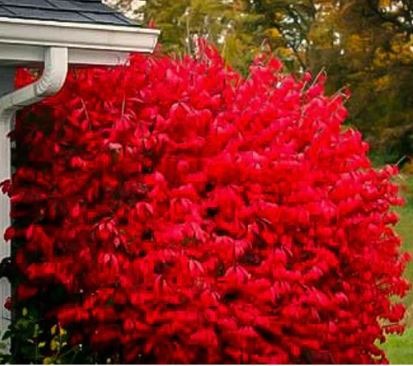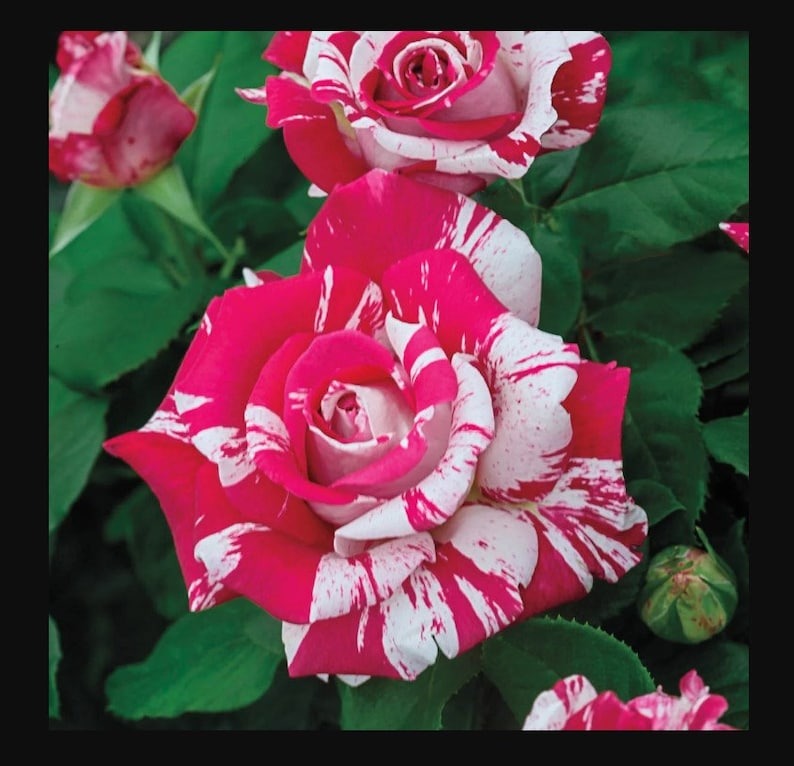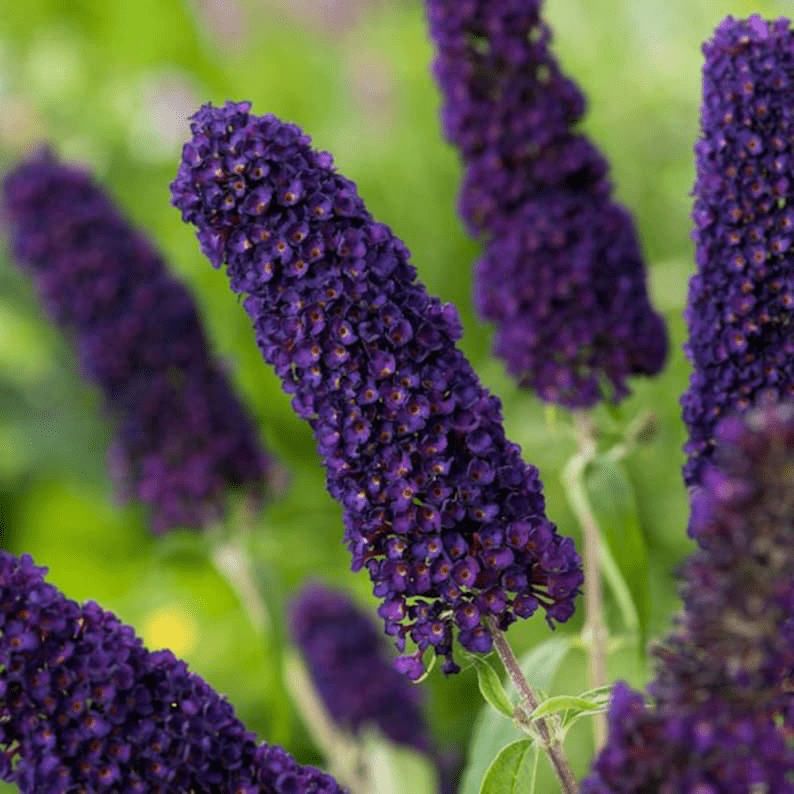Burning Bush
Burning bush seedlings refer to the young plants that grow from seeds of the burning bush (Euonymus alatus), a deciduous shrub native to eastern Asia that is known for its bright red foliage in the fall. Burning bush seedlings can be started from seeds, which are typically collected from the plant in the fall and planted in the spring.
When planting burning bush seedlings, it is important to choose a location with well-draining soil and full sun to partial shade. The seedlings should be watered regularly and kept moist but not waterlogged. As the seedlings grow, they should be pruned regularly to encourage a dense, bushy growth habit and to remove any damaged or diseased branches.
It is worth noting that burning bush has been listed as an invasive species in some areas and planting it is discouraged in those regions. Before planting burning bush seedlings, it is important to check with local authorities to determine whether it is permitted and to learn about any regulations or guidelines that may apply.
Care Guide
Here are some tips on how to take care of burning bush seedlings:
- Watering: Burning bush seedlings require regular watering during their first growing season to help them establish a healthy root system. Water them deeply once a week, or more often if the weather is particularly hot or dry.
- Soil: Burning bush prefers well-draining soil that is moist but not waterlogged. Adding organic matter such as compost or aged manure to the soil can help improve its drainage and fertility.
- Fertilizer: Apply a balanced, slow-release fertilizer in the spring to help promote healthy growth. Avoid over-fertilizing, as this can cause the plant to become leggy and weak.
- Pruning: Burning bush seedlings can be pruned in the spring to help promote a dense, bushy growth habit. Remove any damaged or diseased branches, as well as any that are crossing or rubbing against each other. You can also prune back the tips of the branches to encourage branching and a fuller appearance.
- Mulching: Apply a layer of mulch around the base of the seedlings to help retain moisture and suppress weed growth. Use organic mulch such as shredded bark, wood chips, or leaves, and avoid piling it up against the trunk of the plant, as this can lead to rot.
- Pest and Disease Control: Burning bush seedlings are generally not susceptible to serious pest or disease problems, but you should keep an eye out for common issues such as scale insects, spider mites, and powdery mildew. If you notice any signs of pests or disease, treat them promptly with an appropriate insecticide or fungicide.





